Does your Tesla EV charger click Sound when it is plugged in? Find the common reasons, when it’s normal and how you can fix it. Learn when to call in the pros and get a seamless charging experience on your Tesla.
Introduction
If you are an electric car driver or a Tesla owner reading this, you may have encountered a strange sound, perhaps a clicking from your charger while charging your car. This noise is somewhat interesting, but it is reasonable to be curious and even frightened by the noise. This blog aims to uncover the EV charger click sound mystery so you can learn more about its source and how to resolve it. Read on for clarity over why this noise occurred, what damage it could inflict on your car, and whether you should be concerned.
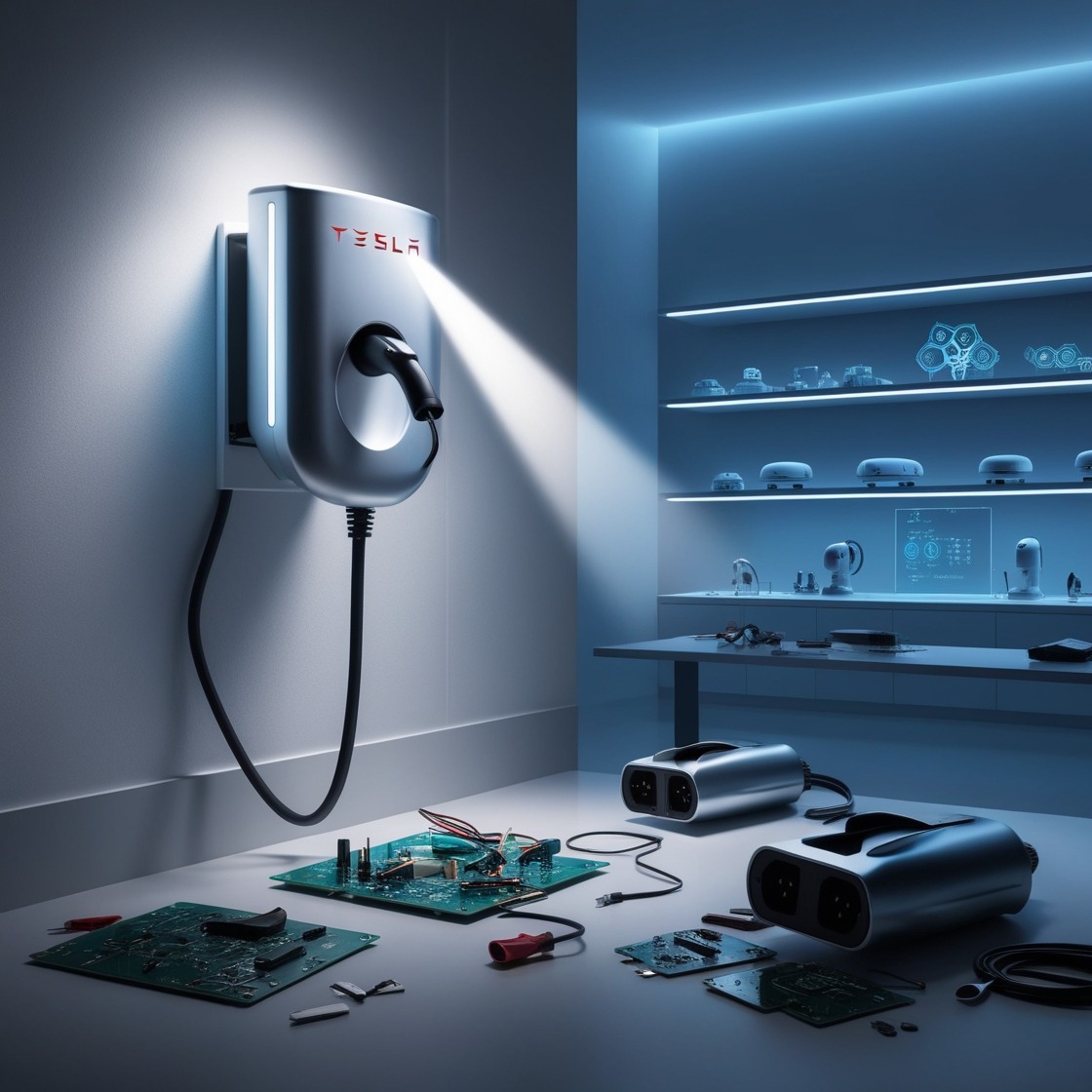
Understanding the Source of the Click Sound
So that click you hear when plugging in your Tesla or any electric vehicle, for that matter, is neither surprising nor intrinsically concerning. To unlock the mystery behind this acoustic phenomenon, we will have to start from within, specifically the nuts and screws behind EV charging. When charging, your EV’s onboard battery management system communicates with the charging station to modulate current from the charger. It regulates the relay or contactor on and off, an appliance for safely controlling electrical contact with high voltage. What you hear as a click is the engaging and disengaging of these relays.
These relays are of obvious importance to safety. This allows them only to apply high voltage through the charging connector when correctly coupled to the vehicle’s port, thus significantly reducing electric shock or short-circuit risks. Although the sound may be loud or quiet, frequent or infrequent, depending on various factors such as the type of car and charger used, it is a normal function that all cars perform during charging. To obtain even more peace of mind, consider checking vehicle manuals or technician insights, which can contain more technical information concerning how relays function in each EV model.
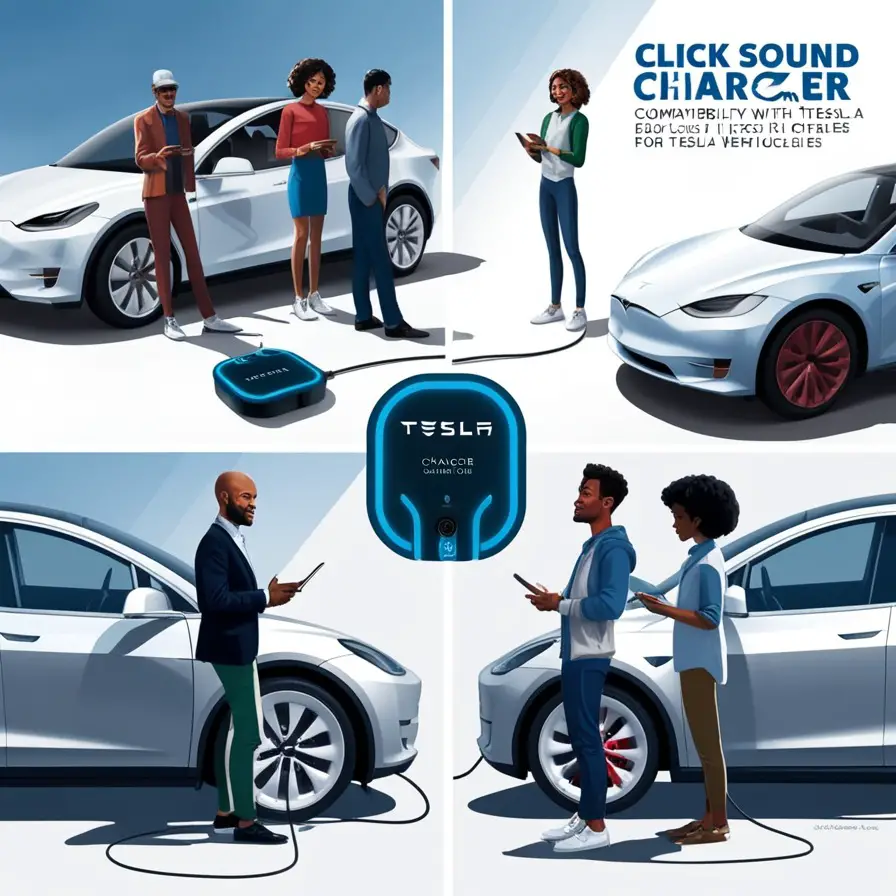
Common Scenarios of the Click Sound
Electric vehicle owners and Tesla fans usually describe click noises in various scenarios. When your car is plugged into the power supply at the beginning of a charging session, you will probably hear a click, which means the charging has started. Likewise, a noise at the end of the charging session that sounds like this click confirms the power supply has been safely disconnected. This means that your EV won’t be caught off-guard in standby power. And, when charging stops or pauses because the car hit a certain charge threshold or there was a change in power supply, you might GET these clicks more often as the system recalibrates.
Hearing real experiences, either from other Tesla owners or even any EV user, can give you useful tips. Many have noted that the click is most prominent during fast charging or when connecting to a large-capacity supercharger, which requires aggressive electrical flow management. The click is more pronounced, as drivers who park their cars outside will notice because there’s less ambient sound to drown it out than when charging indoors in garages.
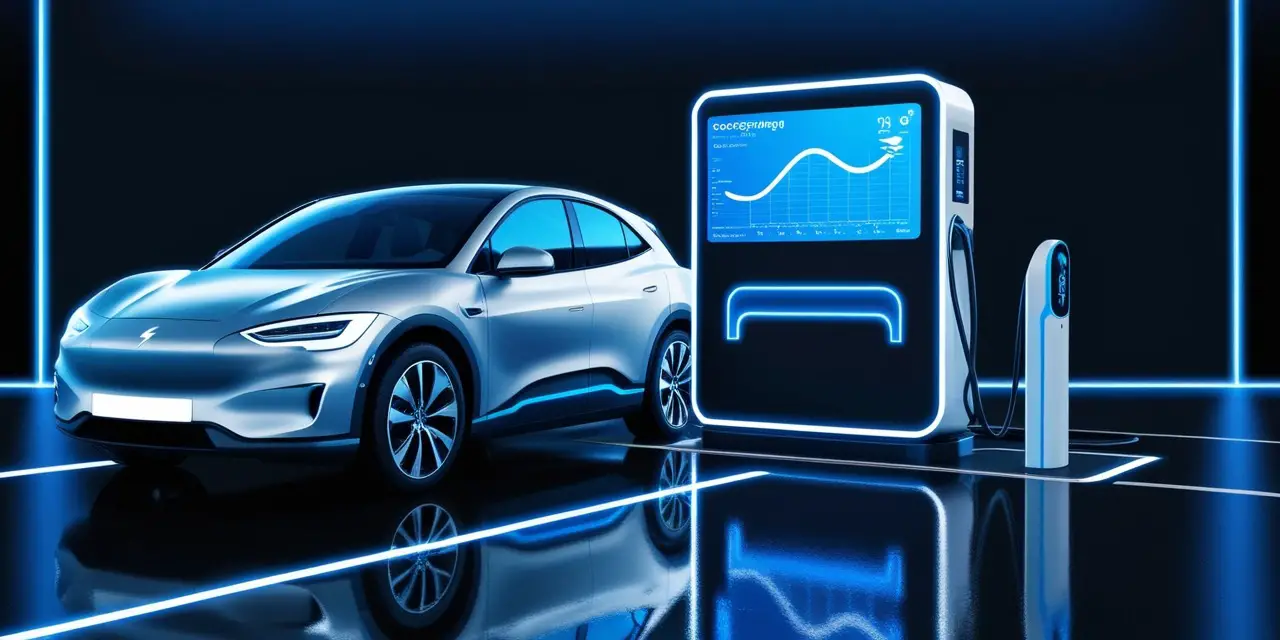
Impact on Charging and Vehicle
Now, for new EV owners who are wondering whether that click sound would affect their car’s performance, it usually does not impact charging speed (or battery health) in any negative way. The click is a good sign; functional relays are doing their thing, which means electrical flow to your EV is controlled to ensure charging happens safely and efficiently. The flow of this work is necessary so that the life and operation of the battery can continue.
But if the noise is really loud or it goes along with other problems, like an interrupted charging session or an unusual dash light, those might be indicators of a problem cueing up for attention. The interplay between battery management systems, relays, and other components is complex, and errors in these systems can cause the body politic to click for more than sound. Regular diagnostic checks or consulting a technician can ensure these components work correctly.
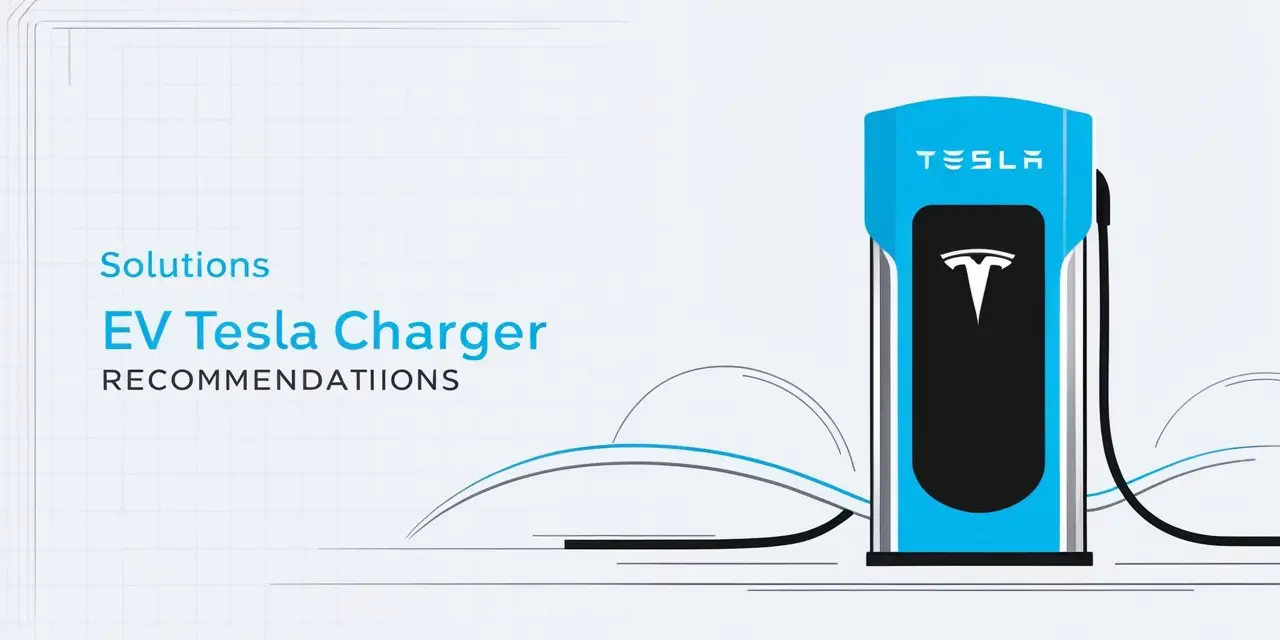
Solutions and Recommendations
Generally, hearing that reassuring click is a moment that doesn’t call for any immediate alarm, but it’s helpful to have the solutions at hand. If anyone is reluctant to keep hearing the heavy clicking, troubleshooting can be done at home. To begin with, make sure the charger connector is inserted firmly into the car charging hole. Mechanical stress on electrical relays is caused by high resistance due to a poorly attached plug.
Finally, look for any software updates your EV needs. Many manufacturers (Tesla included) regularly push out updates designed to optimize charging strategies and system diagnostics. A continuous click that comes and goes schematically may be a new business, such as the start of officers taking an outing for an assessment. If you suspect an underlying issue affecting performance, a technician can thoroughly inspect the relay systems and diagnose the issue. Above all, prioritize safety over anything else; do not touch around high-voltage stuff.
Future of Charging Technology
However, due to the rapid advancements in electric vehicles, the problem of vehicle concerns, such as clicking noise, will continue to change. Strides in novel charging technologies are advancing to cleaner and quieter systems, enabling innovation for power engineers. Additionally, solid-state relays that provide silent switching are becoming more prominent, and they might take over classic mechanical relays for an utterly silent charging process.
Should the market for induction and dynamic wireless charging expand, future vehicles could eliminate wired chargers entirely, thus cancelling out the click sound and other traditional-related worries. This kind of improvement gives Tesla owners and the larger EV community something to look forward to in a world where cleaner and quieter technology will be commonplace. In parallel with these advancements, manufacturers will still focus on the most peaceful relay operations within the vehicle and charging networks.
Conclusion
Learning the EV charger click is fundamental to Tesla fans and electric vehicle owners, whether you appreciate a slight click of relays in repose or intrigue. Understanding the technical details that go into this sound is one way to prepare yourself, but knowing what you might expect to change with charging in the future is another excellent tool for living life as an EV owner.
In conclusion, understanding the importance of these clicks makes it all better and safer while experiencing a dive so that you can concentrate on the fantastic electric road trip experience. Leave your charging thunder experiences or thoughts on the topic in the comments section below and/or interact with fellow enthusiasts. By working together, we can demystify the world of EV charging for all.

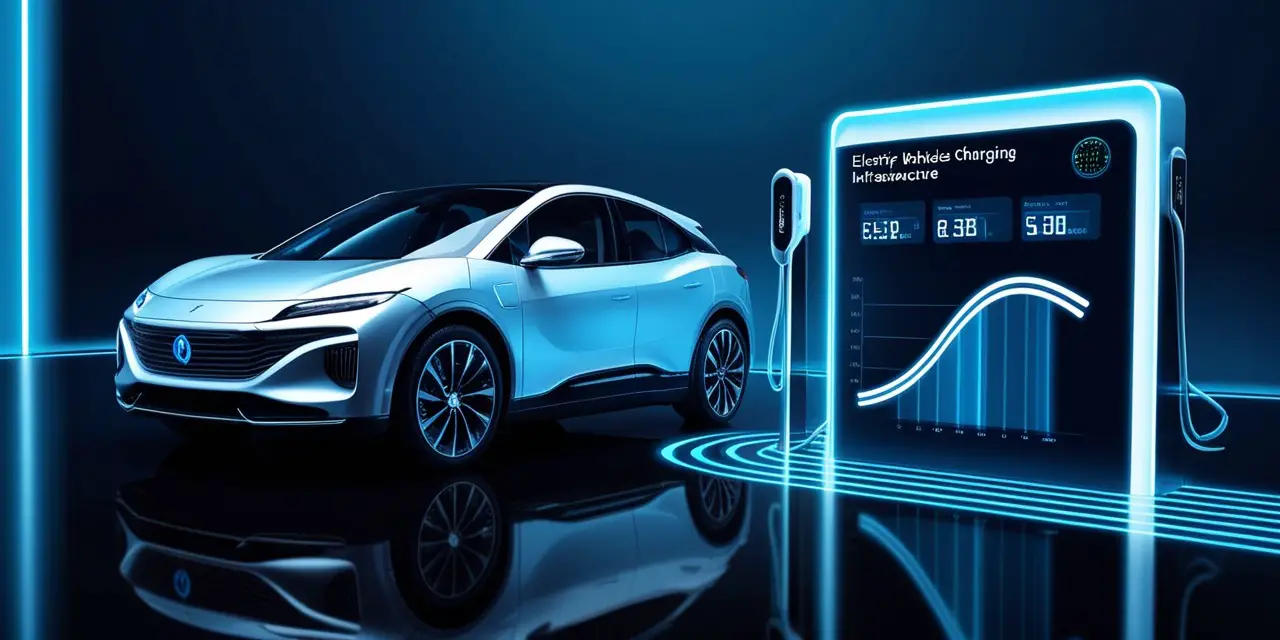

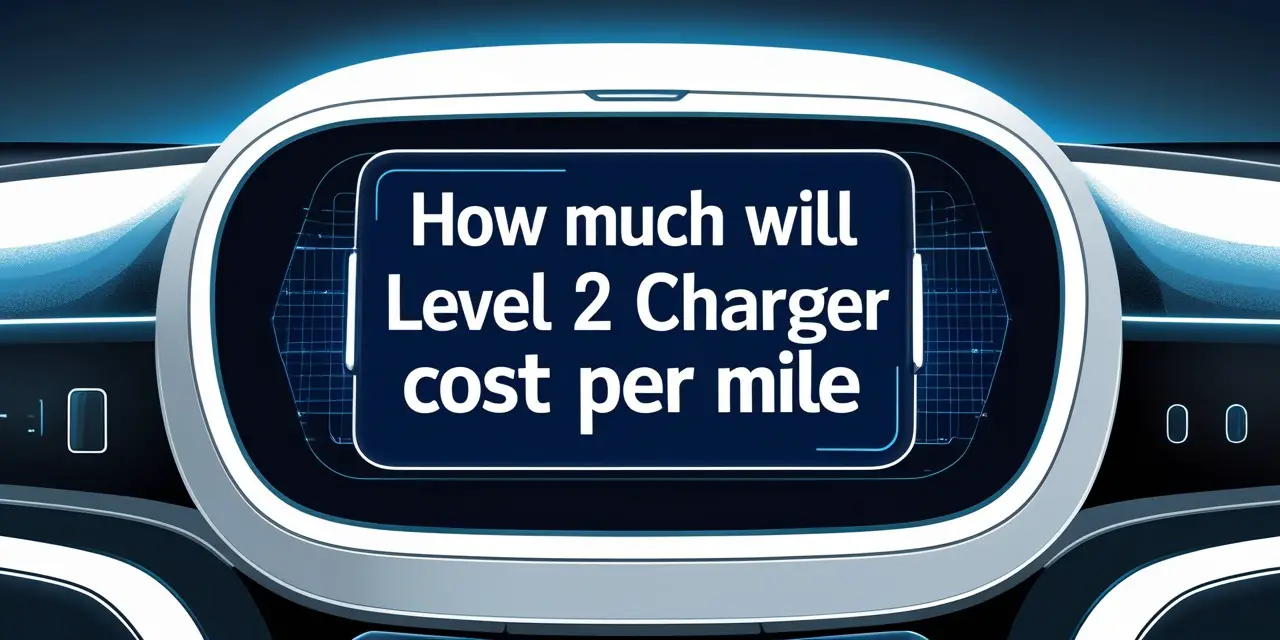
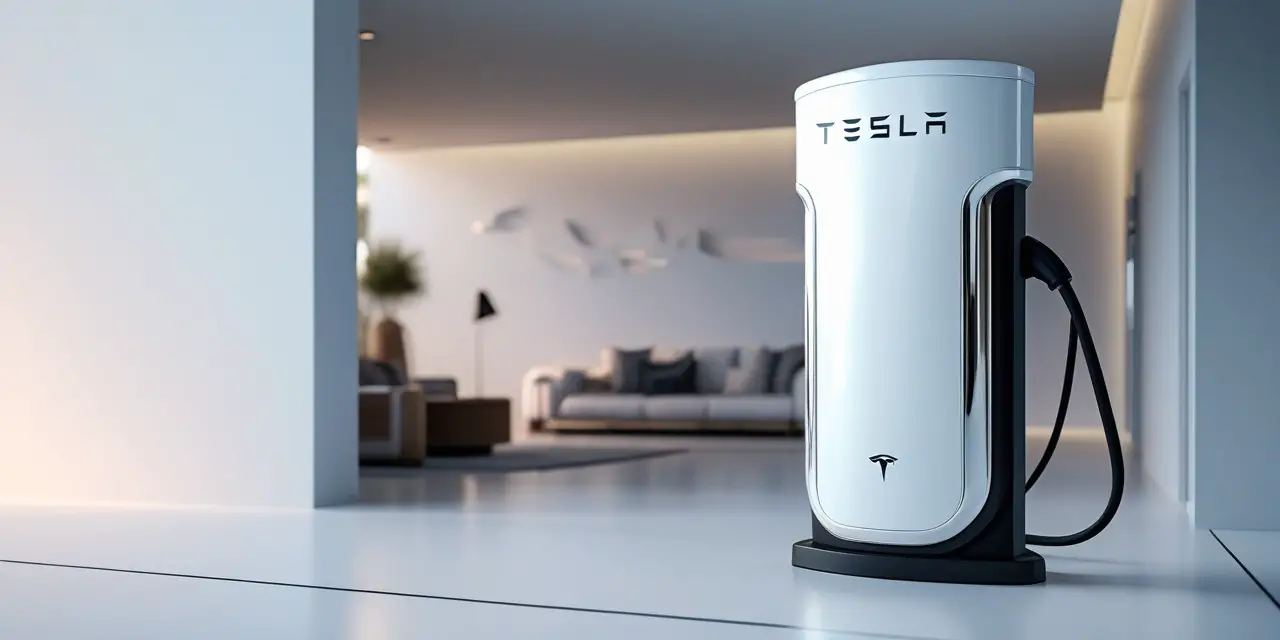
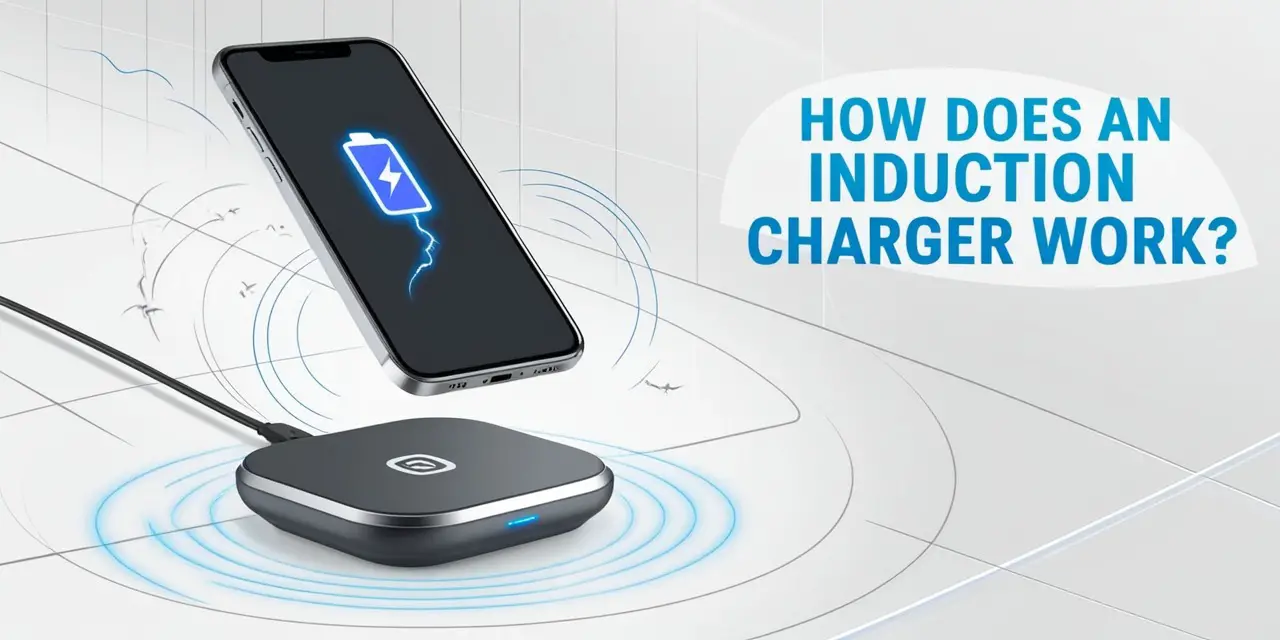
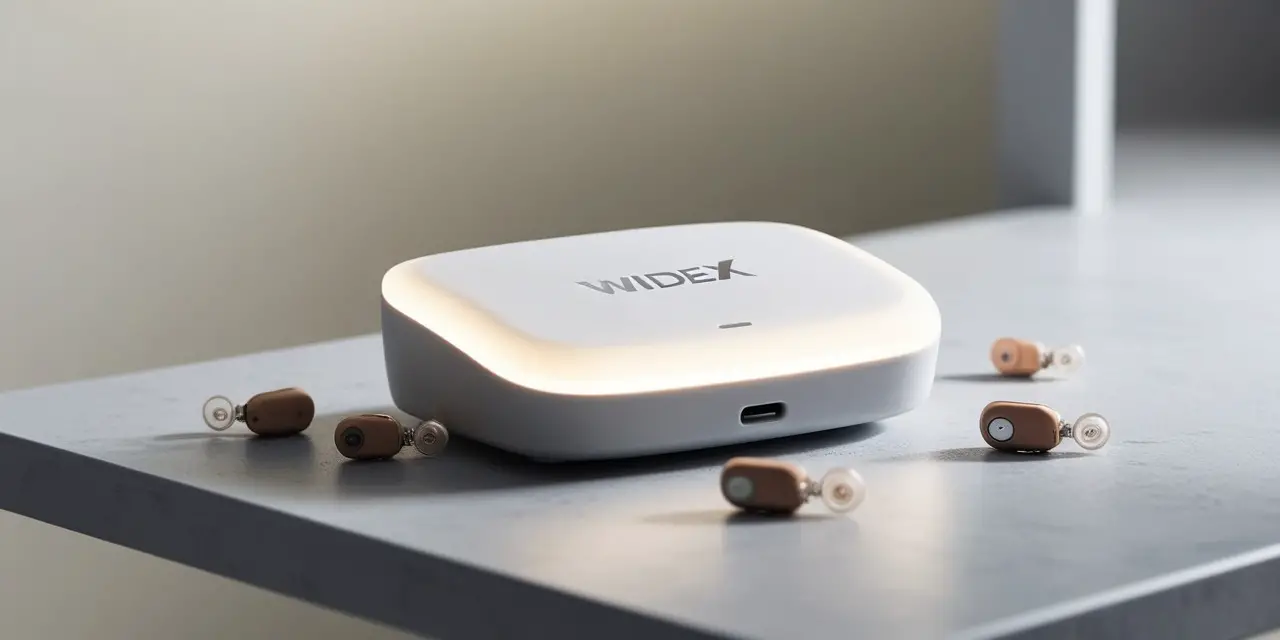
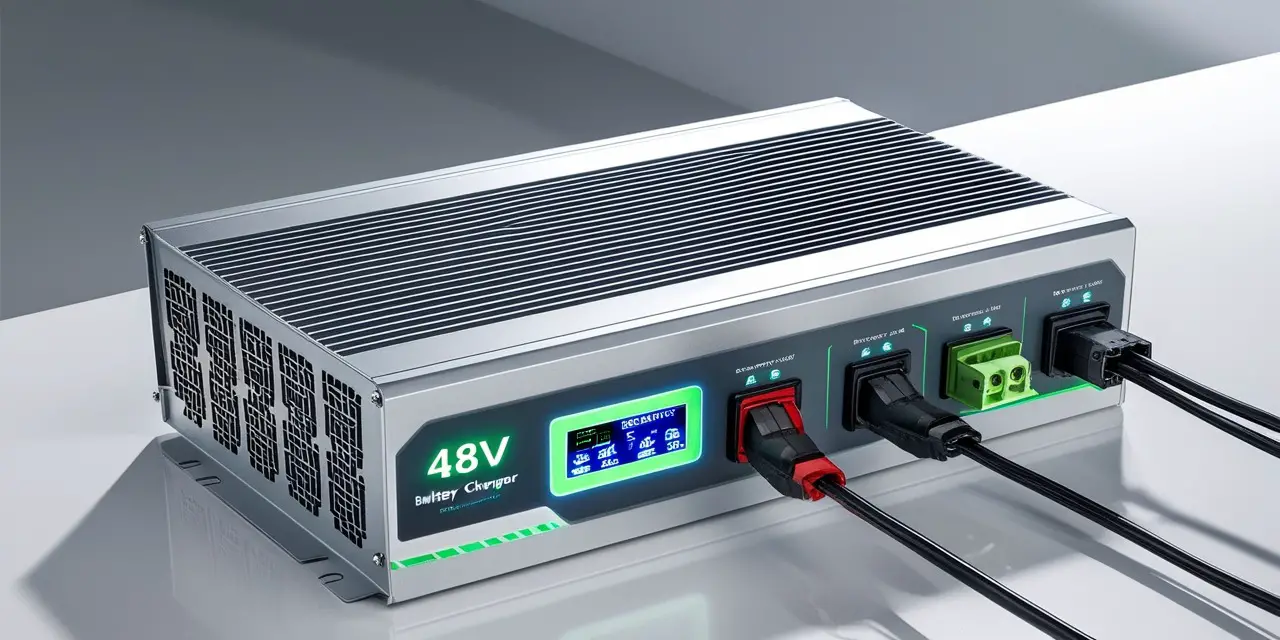
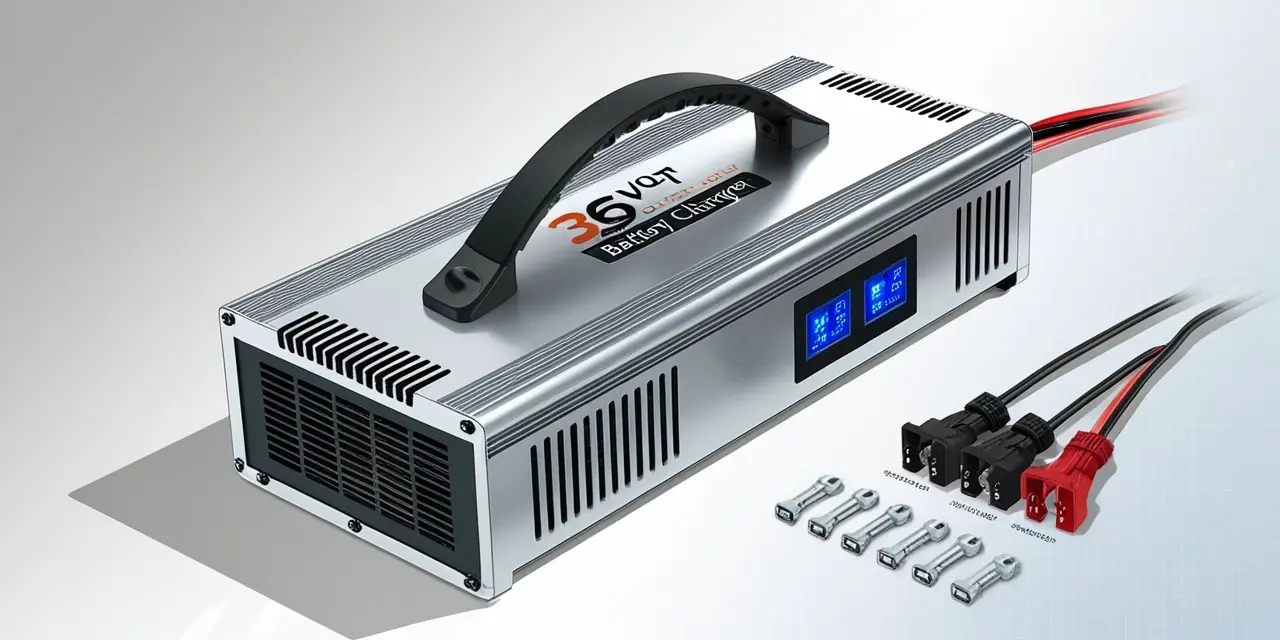
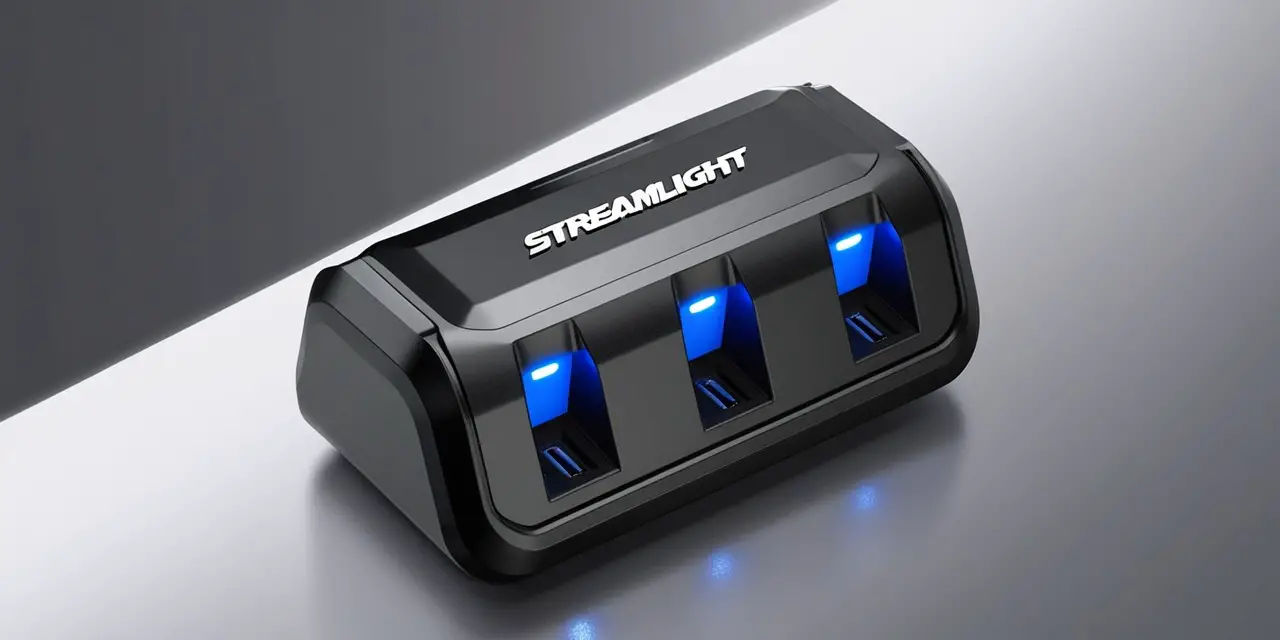
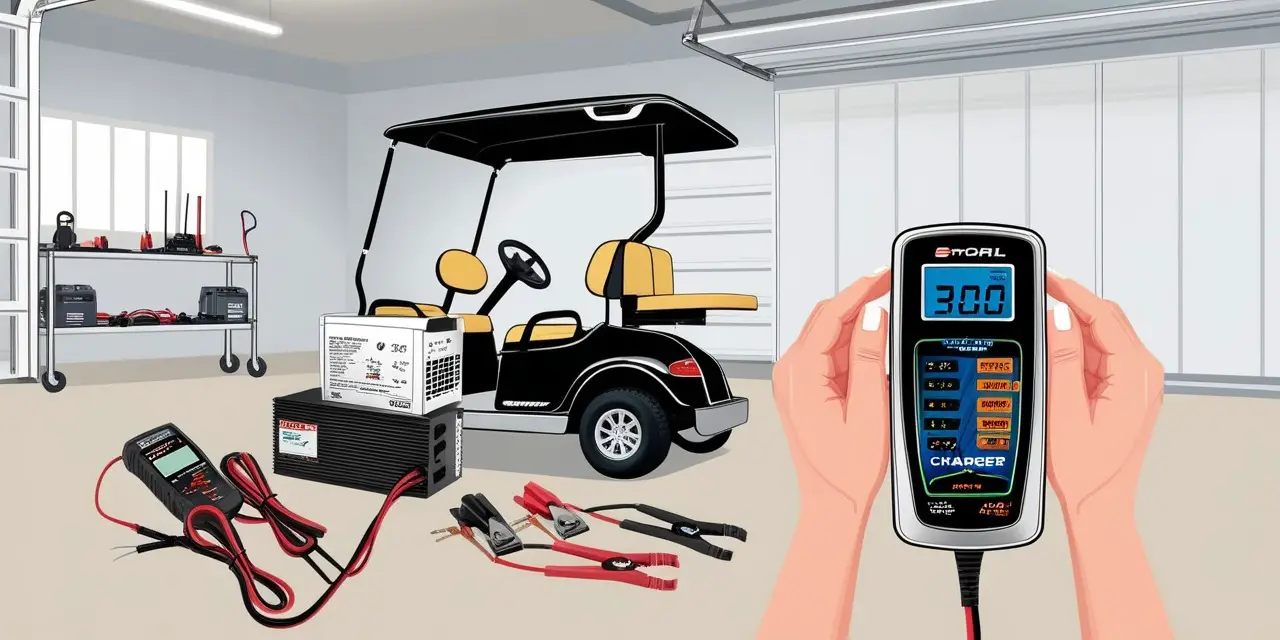
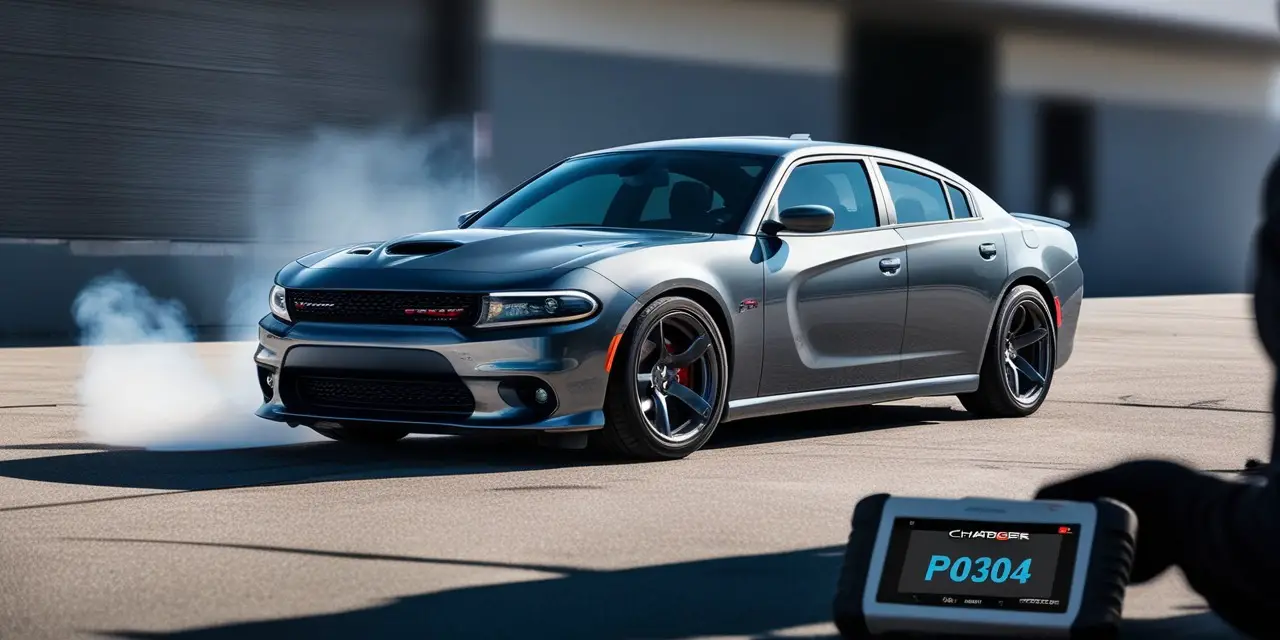
Leave a Reply